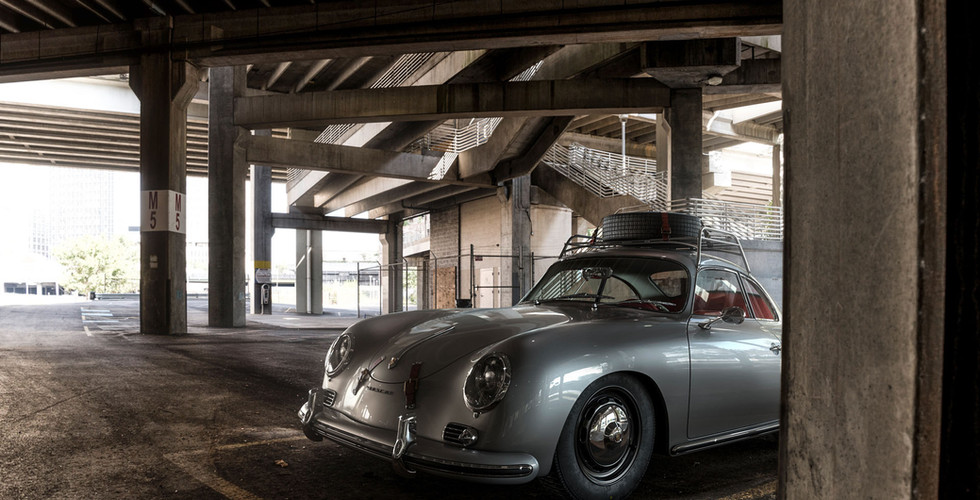PORSCHE OUTLAW "BANDITS"
- 2Fast2Beautiful

- May 27, 2020
- 2 min read
The Porsche 356 has become an icon, and today, almost every example is deemed a candidate for salvation...
The 356 is a lightweight and nimble-handling, rear-engine, rear-wheel drive, two-door available both in hardtop coupé and open configurations. Engineering innovations continued during the years of manufacture, contributing to its motorsports success and popularity. Production started in 1948 at Gmünd, Austria, where approximately 50 cars were built. In 1950 the factory relocated to Zuffenhausen, Germany, and general production of the 356 continued until April 1965, well after the replacement model 911 made its autumn 1964 debut. Of the 76,000 originally produced, approximately half survive.
The 356 was built in four distinct series, the original ("pre-A"), followed by the 356 A, 356 B, and finally the 356 C. To distinguish among the major revisions of the model, 356s are generally classified into a few major groups. The 356 coupés and "cabriolets" (soft-tops) built through 1955 are readily identifiable by their split (1948 to 1952) or bent (centre-creased, 1953 to 1955) windscreens. In late 1955 the 356 A appeared, with a curved windshield. The A was the first road going Porsche to offer the Carrera four-cam engine as an option. In late 1959 the T5 356 B appeared; followed by the redesigned T6 series 356 B in 1962. The final version was the 356 C, little changed from the late T6 B cars but disc brakes replaced the drums.
Prior to completion of 356 production, Porsche had developed a higher-revving 616/36 version of the 356's four-cylinder pushrod engine for installation in a new 912 model that commenced production in April 1965. Although the 912 used numerous 356 components, Porsche did not intend for the 912 to replace the 356.
Today many are rebuilt as pleasurable drivers, while others are exactingly restored and contend in international concours. However, more than a few owners dismiss the idea of returning their Porsche just-like-it-left-the-factory. They enjoy customizing their cars in ways that Zuffenhausen would never have conceived. Their non-conformist ideas have roots in the true hot-rod and custom shops that had emerged in Southern California.












Comments